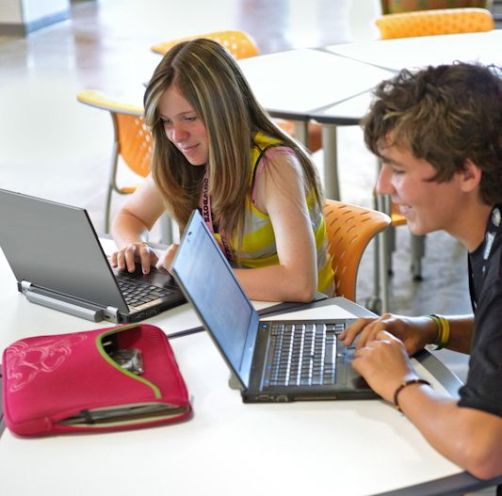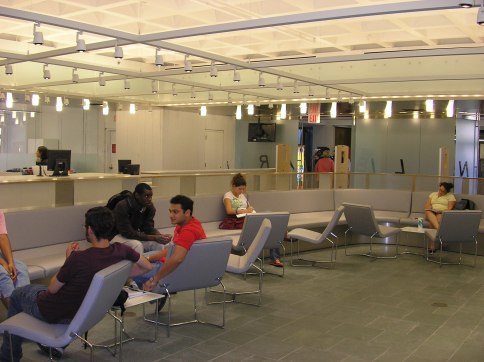What does the future of learning look like?
In the minds of many, it looks high tech and new—a complex array of technology and apps waiting to be woven into traditional curricula and classrooms.
Others believe the future of learning should more closely mimic the ways people learned long ago—more collaboration, more Socratic dialogue, and more opportunities for hands-on discovery.
At izzy+, we think the key is balancing the two—utilizing time-tested person-to-person learning approaches, along with the best advances technology has to offer.
Brandon Reame, izzy+’s Market Development Strategist and education research guru, says schools and colleges just need to ensure that two critical components exist: a focus on people, and plenty of flexibility inherent in the learning spaces.
“The important thing is that learning needs to move away from a one-size-fits-all model,” says Reame. “The most effective learning happens when the students, along with their lives and circumstances, are taken into account. Sure, there are lots of trends in education, but if you just apply them across the board you’re not going to get great results. At the end of the day, it has to be about the students and their engagement. How do you leverage technology, pedagogy, and the learning environment to create a more engaging learning experience?”
Over the past few generations, a move toward one-size-fits-all education has gradually become a system that some compare to a factory, as a recent Fast Company article, “Replacing The Classroom-As-Factory With Collaborative Learning,” suggests.
Reame says technology provides a variety of tools to help move teaching and learning away from a factory model. Technology, after all, allows people to learn anywhere at any time, at their own pace and in their own way, accessing more information and connecting with more people than ever. The challenge, however, is to make sure these new approaches are applied in meaningful ways and in tech-friendly, flexible learning spaces.
“Technology is more mobile than ever, and students are more tech-savvy than ever,” Ream says. “Those changes generate a greater need for new, inspiring learning spaces that offer lots of flexibility. There needs to be a mix of formal and informal learning spaces, with opportunities for small groups to gather, professors to guide discussions, and people to relax and catch up on reading and thinking on their own. Integrating technology isn’t just about having places to plug in. It’s about how people learn and interact.”
Because learning, at the end of the day, is about people, just like izzy+ has always been about people first, not furniture. That’s why we think this sentiment from the post “Are Kids Really Motivated By Technology?” is a great one for designers, teachers, parents and everyone to keep in mind as students across the country head back to school:
…finding ways to motivate students in our classrooms shouldn’t start with conversations about technology. Instead, it should start with conversations about our kids. What are they deeply moved by? What are they most interested in? What would surprise them? Challenge them? Leave them wondering? Once you have the answers to these questions — only after you have the answers to these questions — are you ready to make choices about the kinds of digital tools that are worth embracing.
The Dewey Connection Cart and 6-Top Table help instructors integrate technology into the classroom while ensuring students are able to easily converse and collaborate.
.
Several Dewey 6-Top Tables can be pushed together for flexible, collaborative set ups. Dewey Connection Carts and Lecterns help instructors integrate technology.
.




